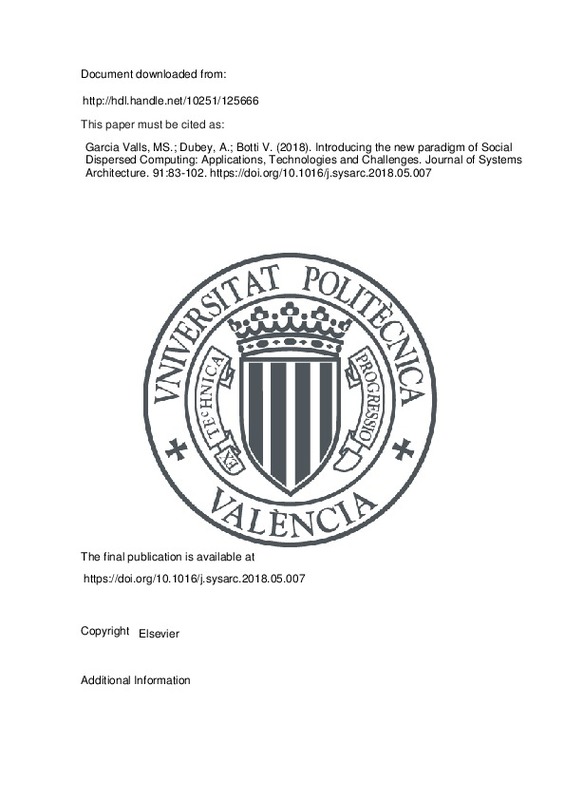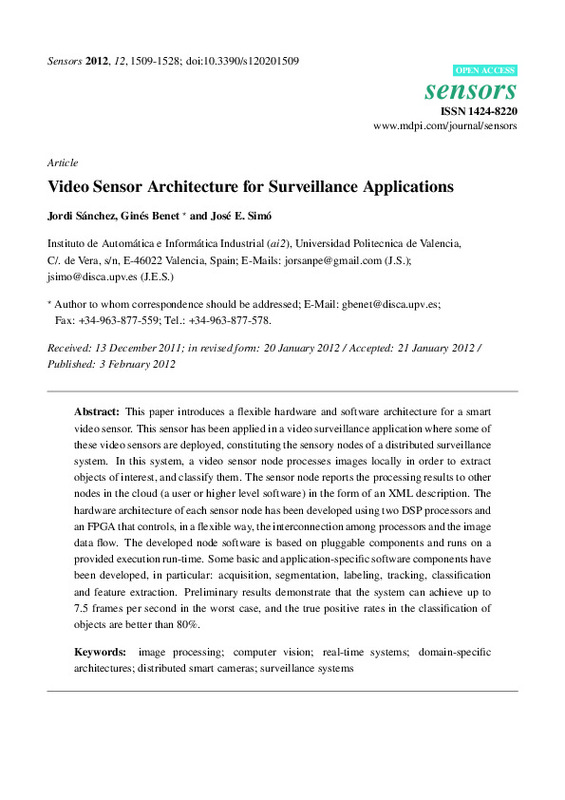Llorens Rodríguez, R.; Naranjo Ornedo, V.; López-Mir, F.; Alcañiz Raya, ML. (2012). Jaw tissues segmentation in dental 3D CT images using fuzzy-connectedness and morphological processing. Computer Methods and Programs in Biomedicine. 108(2):832-843. https://doi.org/10.1016/j.cmpb.2012.05.014
Por favor, use este identificador para citar o enlazar este ítem: http://hdl.handle.net/10251/52699
|
Título:
|
Jaw tissues segmentation in dental 3D CT images using fuzzy-connectedness and morphological processing
|
|
Autor:
|

 Llorens Rodríguez, Roberto
Llorens Rodríguez, Roberto

 Naranjo Ornedo, Valeriana
Naranjo Ornedo, Valeriana

 López-Mir, Fernando
López-Mir, Fernando

 Alcañiz Raya, Mariano Luis
Alcañiz Raya, Mariano Luis
|
|
Entidad UPV:
|
Universitat Politècnica de València. Instituto Interuniversitario de Investigación en Bioingeniería y Tecnología Orientada al Ser Humano - Institut Interuniversitari d'Investigació en Bioenginyeria i Tecnologia Orientada a l'Ésser Humà
Universitat Politècnica de València. Departamento de Comunicaciones - Departament de Comunicacions
Universitat Politècnica de València. Departamento de Ingeniería Gráfica - Departament d'Enginyeria Gràfica
|
|
Fecha difusión:
|
|
|
Resumen:
|
The success of oral surgery is subject to accurate advanced planning. In order to properly plan for dental surgery or a suitable implant placement, it is necessary an accurate segmentation of the jaw tissues: the teeth, ...[+]
The success of oral surgery is subject to accurate advanced planning. In order to properly plan for dental surgery or a suitable implant placement, it is necessary an accurate segmentation of the jaw tissues: the teeth, the cortical bone, the trabecular core and over all, the inferior alveolar nerve. This manuscript presents a new automatic method that is based on fuzzy connectedness object extraction and mathematical morphology processing. The method uses computed tomography data to extract different views of the jaw: a pseudo-orthopantomographic view to estimate the path of the nerve and cross-sectional views to segment the jaw tissues. The method has been tested in a groundtruth set consisting of more than 9000 cross-sections from 20 different patients and has been evaluated using four similarity indicators (the Jaccard index, Dice's coefficient, point-to-point and point-to-curve distances), achieving promising results in all of them (0.726 ± 0.031, 0.840 ± 0.019, 0.144 ± 0.023 mm and 0.163 ± 0.025 mm, respectively). The method has proven to be significantly automated and accurate, with errors around 5% (of the diameter of the nerve), and is easily integrable in current dental planning systems. © 2012 Elsevier Ireland Ltd.
[-]
|
|
Palabras clave:
|
Automatic computer-aided surgery
,
Fuzzy connectedness
,
Inferior alveolar nerve
,
Jaw tissue segmentation/reconstruction
,
Automatic method
,
Computed tomography data
,
Computer aided surgery
,
Cortical bone
,
CT Image
,
Dental surgery
,
Implant placement
,
Jaccard index
,
Morphological processing
,
Object extraction
,
Planning systems
,
Tissue segmentation
,
Fuzzy systems
,
Histology
,
Mathematical morphology
,
Surgery
,
Tissue
,
Computerized tomography
,
Accuracy
,
Algorithm
,
Article
,
Automation
,
Blood vessel diameter
,
Clinical article
,
Computer assisted tomography
,
Dental procedure
,
Fuzzy system
,
Human
,
Image processing
,
Image reconstruction
,
Jaw
,
Mathematical computing
,
Morphology
,
Nerve
,
Three dimensional imaging
|
|
Derechos de uso:
|
Reserva de todos los derechos
|
|
Fuente:
|
Computer Methods and Programs in Biomedicine. (issn:
0169-2607
)
|
|
DOI:
|
10.1016/j.cmpb.2012.05.014
|
|
Editorial:
|
Elsevier
|
|
Versión del editor:
|
http://dx.doi.org/10.1016/j.cmpb.2012.05.014
|
|
Código del Proyecto:
|
info:eu-repo/grantAgreement/MEC//DPI2007-66782-C03-01/ES/DESARROLLO DE UN SISTEMA AVANZADO DE DISEÑO, SIMULACION Y FABRICACION FLEXIBLE DE PROTESIS DENTALES IMPLANTOSOPORTADAS/
|
|
Agradecimientos:
|
This work has been supported by the project MIRACLE (DPI2007-66782-C03-01-AR07) of Spanish Ministerio de Educacion y Ciencia.
|
|
Tipo:
|
Artículo
|







![[Cerrado]](/themes/UPV/images/candado.png)




